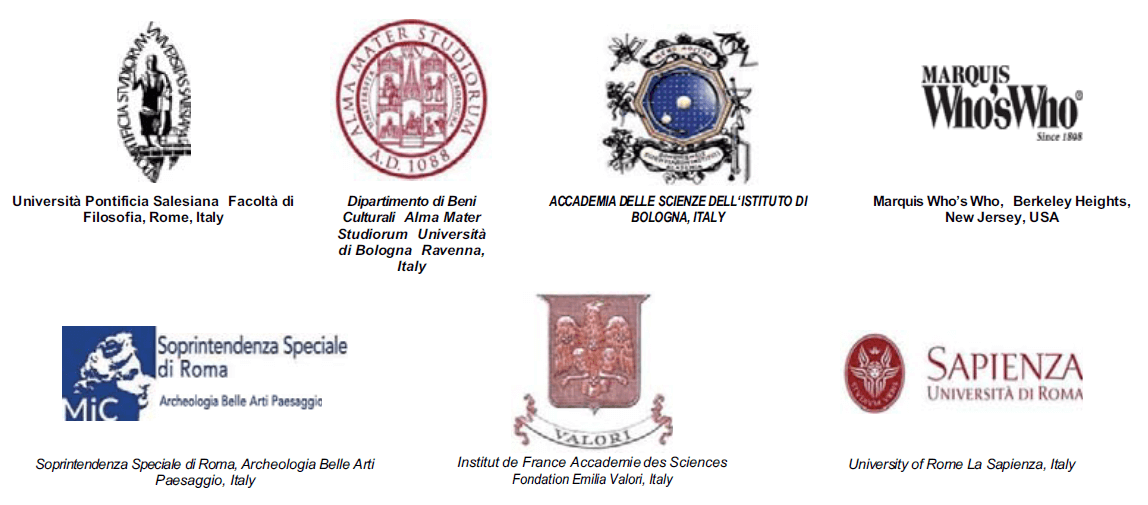Setting up of a theoretical-experimental approach for the measurement of the vibrational impact on cultural heritages due to vehicular traffic
DOI:
https://doi.org/10.6092/issn.1973-9494/479Abstract
During the last years, the constant increase of the request for transport by road and by rail, connected to the economic and social development process, has provoked the birth of the phenomenon of the vibrations induced by the means of transports, with the result of stimulating the resident population's curiosity and the technical personnel's interest. Into the historic centres of the towns, it is possible to trace a series of concomitant factors that tend further to increase this process: the road superstructure mostly used in the historical centres are often stony, and their usage is due mainly to aesthetic reasons; the no-measurement or the lack of maintenance are often the causes of high levels of roughness; the buildings set into the historical centres have got a historical-art value of primary importance and some part of them (such as mosaics, pictures, etc.) are very sensitive to vibrations, being sticking to the outside walls; According to what said above, the noisy and vibrations provoked by the road traffic are becoming even more one of the main cause of the environmental damage.Downloads
How to Cite
Barbaro, S., Barrera, G., & Santamaria, A. S. (2006). Setting up of a theoretical-experimental approach for the measurement of the vibrational impact on cultural heritages due to vehicular traffic. Conservation Science in Cultural Heritage, 6(1), 237–359. https://doi.org/10.6092/issn.1973-9494/479
Issue
Section
Articles
License
Copyright (c) 2006 Salvatore Barbaro, Giuseppe Barrera, Antonio Sansone Santamaria
Copyrights and publishing rights of all the texts on this journal belong to the respective authors without restrictions. Authors grant the journal right of first publication.
This journal is licensed under a Creative Commons Attribution 4.0 International License (full legal code).
See also our Open Access Policy.






